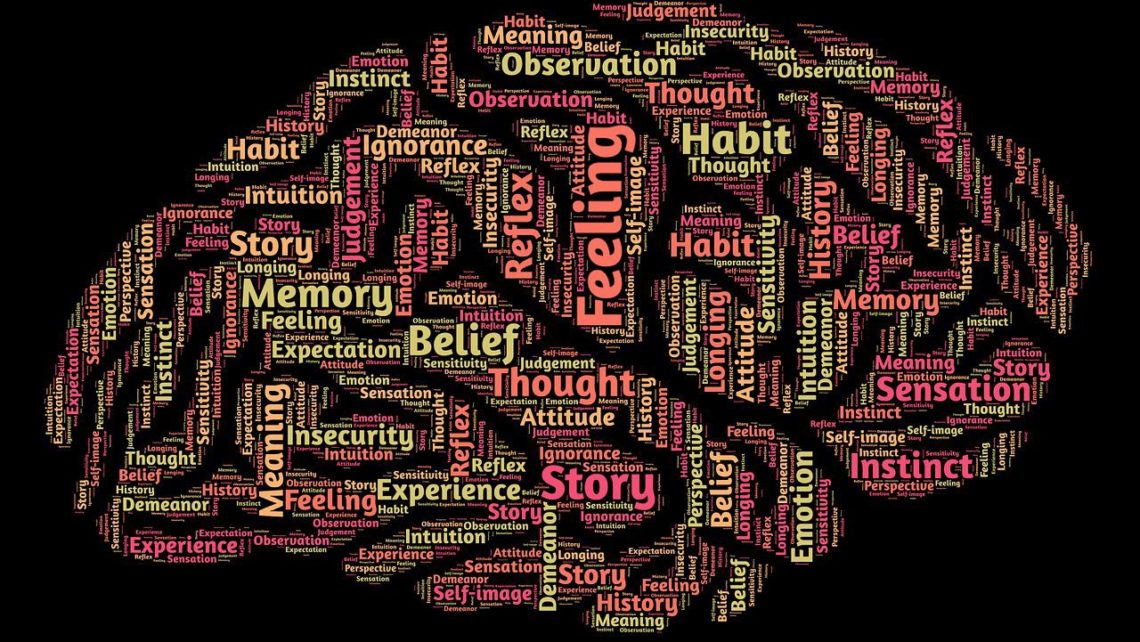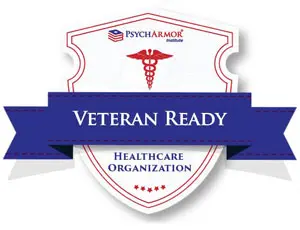What Is Brainspotting, and How Can It Help You?
What Is Brainspotting?
 Addiction science continues to expand progressive treatment options that move beyond symptoms and into the root causes of a person’s substance use disorder (SUD) and alcohol use disorder (AUD). One top therapeutic technique is brainspotting, and it shows a lot of promise for addiction recovery.
Addiction science continues to expand progressive treatment options that move beyond symptoms and into the root causes of a person’s substance use disorder (SUD) and alcohol use disorder (AUD). One top therapeutic technique is brainspotting, and it shows a lot of promise for addiction recovery.
Trauma, the Brain, & Addiction
Amanda L. Giordano is an associate professor and author with the University of Georgia. In an article for Psychology Today, she writes, “Trauma and chronic stress can lead to a dysregulated stress system, which may make individuals more vulnerable to addictive behaviors.” And later in the article, “Trauma can lead to depersonalization and numbness, which may make individuals more vulnerable to addictive behaviors.”
There’s no way to predict exactly how someone will handle trauma. There are too many variables. But Giordano states that many people often develop a condition called dysregulation, which compromises metabolic, physiological, or psychological processes. This dissociation is another reason why they might turn to drugs or alcohol.
In a recent interview, traumatologist and Seabrook CEO Gina Marchando spoke about the connection between trauma and addiction. “Human beings aren’t meant to be traumatized and abused,” she said. “Our defense mechanisms, such as suppression via substances, are an attempt to cope with what never was supposed to happen.”
People who experience childhood abuse, natural and man-made disasters, PTSD, and sexual abuse often have problems with complex emotions, negative influences, traumatic memories and triggers, and other issues. After an inciting event, the brain becomes “wired for danger,” according to BrainFacts—a process that occurs whether someone is a child or an adult with trauma history.
By using brainspotting, treatment professionals can help someone with SUD or AUD reprogram neural pathways associated with trauma.
How Does Brainspotting Work?
According to David Grand, the psychotherapist, writer, and lecturer who developed brainspotting, the technique “works by identifying, processing, and releasing core neurophysiological sources of emotional/body pain, trauma, dissociation, and a variety of other challenging symptoms.”
In order to anticipate danger after trauma, an individual’s brain develops particular paths related to inciting events. Unfortunately, this becomes an endless loop, often prompting triggers hard to control. To help veer off these paths onto new ones, trained therapists use brainspotting—frequently in tandem with cognitive behavioral therapy—to help clients learn self-scanning and “activate, locate, and process the sources of trauma and distress in the body.”
Grand states that a “brain spot” is “the eye position which is related to the energetic/emotional activation of a traumatic/emotionally charged issue within the brain, most likely in the amygdala, the hippocampus, or the orbitofrontal cortex of the limbic system. Located by eye position, paired with externally-observed and internally-experienced reflexive responses, a brainspot is actually a physiological subsystem holding emotional experience in memory form.”
So instead of following the same endless loop, brainspotting uses eye-focusing to help therapists and individuals reprogram neural responses. Going into these deeper areas of the brain uncovers feelings, memories, and thoughts and creates a path of healing.
An Example
Here’s a brainspotting session example:
- A client is asked to locate a visual “spot” that either reduces over-arousal of an experience or increases the “felt sense” of it.
- Then, using a combination of body sensations and dual focus, the individual processes the reaction.
- After arousing/processing sensations related to an event a few times, therapists and clients discuss new methods of perceiving them.
Brainspotting is a similar holistic therapeutic technique to EMDR (Eye Movement Desensitization and Reprocessing), which activates components of a disturbing life event or traumatic memory with alternating bilateral or dual attention stimulation, In fact, Grand developed brainspotting treatment after working with clients using EMDR. He details the connection of the two processes in his books. Brainspotting: The Revolutionary New Therapy for Rapid and Effective Change and Emotional Healing at Warp Speed: The Power of EMDR.
Are You Ready for Better?
There are many foundational aspects to addiction recovery, such as 12-Step programs and individual and group counseling. However, when it comes to deep healing, partnering science with holistic care based on an individual’s specific life experiences proves to be a much more effective treatment process that leads to lasting wellness.
At Seabrook, our board-certified professionals believe in a whole-health approach to substance abuse treatment. Each person comes to us with a variety of needs. It’s our responsibility to understand and address who they are as humans first, and design quality of care based on that. Techniques such as EMDR, brainspotting, yoga, acupuncture, drumming, and music therapy are just a few of the holistic therapies we use in tandem with medical treatment to ensure you or your loved one build a better future. Talk to a member of our admissions staff today to learn how we can help you.




